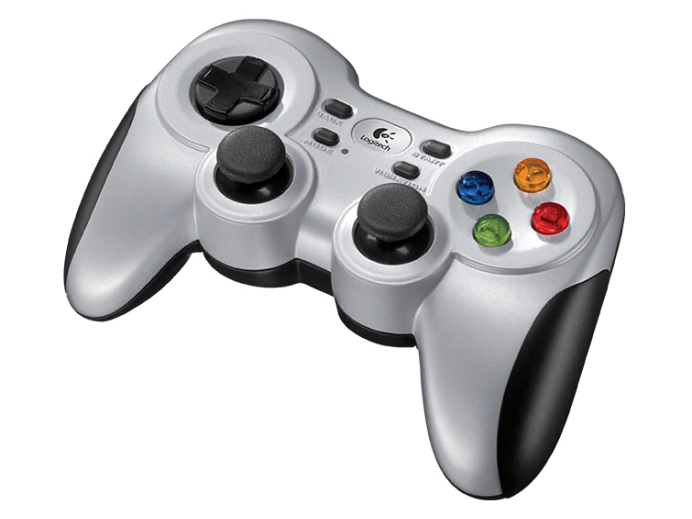Insight Hub
Stay updated with the latest trends and insights.
Button Mashing and Beyond: A Journey into Gaming Controllers
Explore the evolution of gaming controllers from button mashing to innovative designs—discover the ultimate gaming experience today!
The Evolution of Gaming Controllers: From Joysticks to Adaptive Devices
The evolution of gaming controllers has transformed dramatically from the early days of simplistic joysticks to the highly advanced adaptive devices we see today. In the late 1970s, console games were typically controlled through basic joysticks and buttons that offered limited functionality. As technology advanced, so did the design of these controllers. The introduction of the d-pad in the 1980s allowed for more precise movements, while the addition of analog sticks in the 1990s enabled players to navigate vast 3D worlds with increased accuracy. Each generation of gaming brought new innovations, including rumble feedback and wireless connectivity, which made the experience more immersive than ever.
Today, gaming controllers have reached a new milestone with the emergence of adaptive devices. These controllers are designed to cater to a diverse range of players, including those with disabilities. For instance, the Xbox Adaptive Controller, released in 2018, features customizable buttons and ports for external inputs, allowing users to create a tailored gaming experience that suits their individual needs. As the gaming community continues to grow and evolve, the focus on inclusivity is reshaping the design of gaming controllers, paving the way for a future where everyone can enjoy the immersive world of gaming.

Understanding Input Latency: How It Affects Your Gaming Experience
Input latency refers to the delay between a player's action, such as pressing a button or moving the mouse, and the corresponding response on the screen. In the gaming world, even a few milliseconds of delay can significantly impact gameplay, especially in fast-paced genres like first-person shooters or competitive fighting games. Players often describe a 'feel' for their games, which is heavily influenced by how responsive the controls are. A high input latency can lead to frustrations, suboptimal performance, and even affecting a player's overall enjoyment of a game.
Understanding and minimizing input latency is crucial for an optimal gaming experience. Factors that contribute to high input latency include the hardware being used, the settings of both the game and the display, and even the type of connection—wired connections generally offer lower latency compared to wireless ones. To enhance gameplay, gamers should consider investing in a monitor with a high refresh rate and low response time, alongside using peripherals known for quick responsiveness. Ultimately, reducing input latency ensures that players can react swiftly, making every play session much more engaging and rewarding.
Are Button Mashing Techniques Effective? A Deep Dive into Combat Strategies
The age-old debate among gamers regarding button mashing techniques often ignites passionate discussions. While some players argue that mindless tapping of buttons can lead to chaos and unpredictability in combat, others believe it can be a legitimate strategy. In fast-paced games, especially fighting or action titles, button mashing can create openings by overwhelming opponents with a flurry of attacks. This randomness might catch even the most skilled players off guard, providing a tactical advantage when used judiciously.
However, relying solely on button mashing techniques can be a double-edged sword. Savvy competitors may quickly adapt to such tactics, effectively blocking or countering attacks. Thus, while button mashing can initially seem effective, integrating it with a deeper understanding of game mechanics and character abilities is crucial. Players who master a balanced approach—combining strategic planning with moments of chaotic button pressing—tend to find greater success in combat scenarios, showcasing that while button mashing can be effective, its true power lies in the art of timing and adaptation.